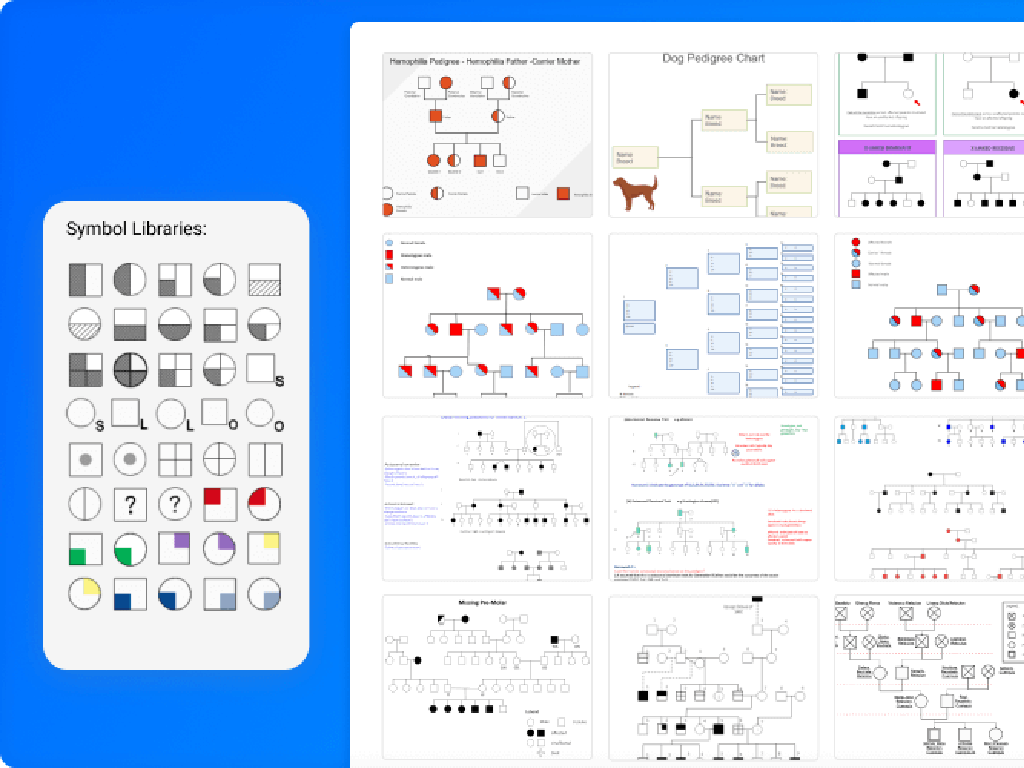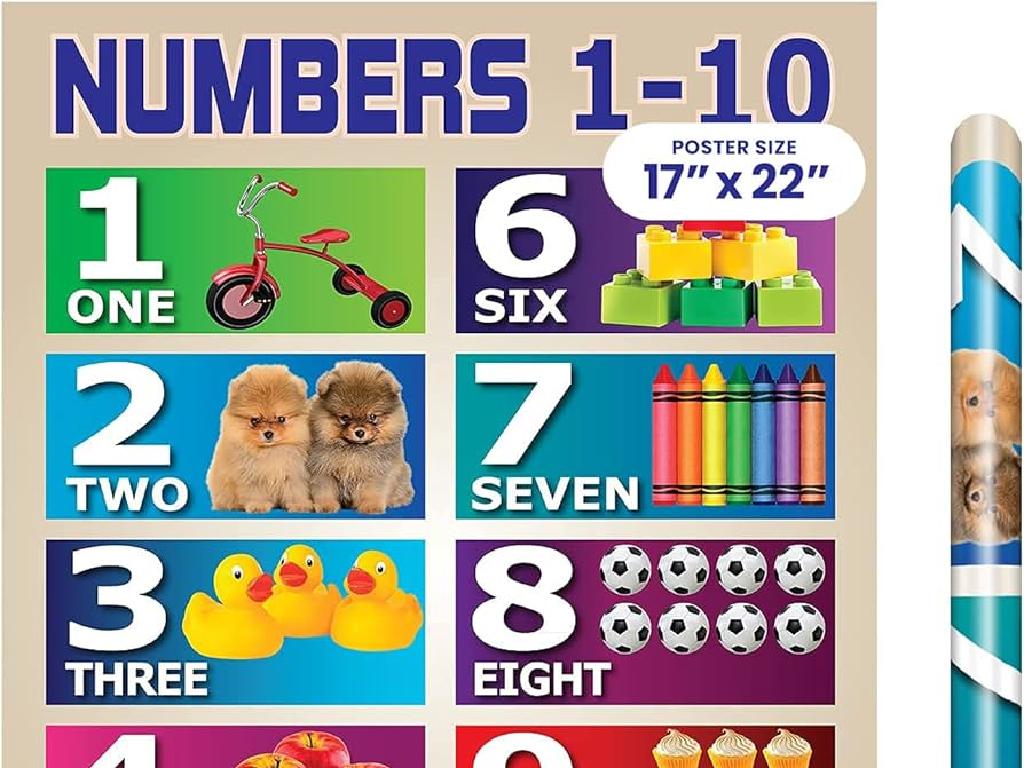Powers With Decimal And Fractional Bases
Subject: Math
Grade: Eighth grade
Topic: Exponents
Please LOG IN to download the presentation. Access is available to registered users only.
View More Content
Introduction to Exponents
– Recap: What are exponents?
– Exponents represent repeated multiplication
– Base vs. Exponent
– Base: number being multiplied; Exponent: how many times
– Whole number exponent examples
– For instance, 3^2 means 3 multiplied by itself: 3 * 3
– Significance in math
|
Begin the lesson by recapping the concept of exponents, emphasizing their role in representing repeated multiplication. Clarify the terms ‘base’ and ‘exponent’, ensuring students understand that the base is the number being multiplied, and the exponent denotes how many times this multiplication occurs. Provide examples with whole numbers to solidify this understanding, such as 3^2 or 4^3. Highlight the importance of exponents in various areas of mathematics, including algebra and scientific notation, to illustrate their practical applications. Encourage students to think of exponents as a shorthand for multiplication to simplify their calculations.
Understanding Decimal Bases in Exponents
– Decimal numbers as bases explained
– A base that is a decimal between 0 and 1 gets smaller when raised to a power.
– Reading and writing decimal bases
– Say ‘point five to the third power’ for 0.5^3.
– Example: Calculating 0.5^3
– 0.5^3 means 0.5 x 0.5 x 0.5 = 0.125
|
This slide introduces students to the concept of using decimal numbers as bases in exponents. Emphasize that when a decimal base is raised to a power, the value gets smaller if the base is between 0 and 1. Demonstrate how to read and write these expressions, ensuring clarity in pronunciation and notation. Use the example of 0.5^3 to show the process of multiplying the base by itself for the number of times indicated by the exponent. This concrete example will help students grasp the concept of decimal bases in exponents. Encourage students to practice with additional examples to solidify their understanding.
Understanding Fractional Bases
– Fractional bases in exponents
– A fraction as a base raised to a power affects both numerator and denominator
– Simplify expressions with fractions
– Use exponent rules to simplify the fraction’s numerator and denominator separately
– Example: (3/4)^2 simplification
– (3/4)^2 becomes (3^2)/(4^2) which simplifies to 9/16
|
This slide introduces the concept of fractional bases in exponents, which is a key topic in understanding powers and roots. Students should learn that when a fractional base is raised to a power, the exponent applies to both the numerator and the denominator of the fraction. It’s crucial to emphasize the rules of exponents and how they apply to fractions. The example (3/4)^2 is a practical demonstration of simplifying an expression with a fractional base. Students should be encouraged to practice with additional examples to gain confidence in simplifying similar expressions.
Rules of Exponents with Decimals and Fractions
– Multiplying with the same base
– Add exponents when bases are the same: (a^m) * (a^n) = a^(m+n)
– Dividing powers with the same base
– Subtract exponents for division: (a^m) / (a^n) = a^(m-n)
– Understanding power of a power
– Multiply exponents for power of a power: (a^m)^n = a^(m*n)
– Applying exponent rules
|
This slide introduces the fundamental rules of exponents, which are crucial for working with powers that have decimal and fractional bases. Start by explaining that when multiplying powers with the same base, we add the exponents. For division, we subtract the exponents. When raising a power to another power, we multiply the exponents. Provide examples with decimal and fractional bases to illustrate each rule, such as (0.5^3) * (0.5^2) = 0.5^(3+2) or (1/2^2)^3 = 1/2^(2*3). Encourage students to practice these rules with various bases to solidify their understanding. The final point is to apply these rules in different scenarios, which will be covered in subsequent slides or activities.
Calculating Powers with Decimal and Fractional Bases
– Decimal bases: step-by-step
Multiply the decimal by itself for the number of times indicated by the exponent.
– Fractional bases: step-by-step
Multiply the fraction by itself as indicated by the exponent, then simplify.
– Practice: Calculate (0.2)^4
0.2 * 0.2 * 0.2 * 0.2 = 0.0016
– Practice: Calculate (5/2)^3
(5/2) * (5/2) * (5/2) = 125/8 or 15.625
|
This slide introduces students to the concept of raising decimal and fractional bases to a power. Begin with a clear explanation of how to approach problems with decimal bases, emphasizing the repeated multiplication process. Then, explain the method for fractional bases, ensuring students understand how to multiply fractions and the importance of simplifying the result. The practice problems are chosen to solidify these concepts, with (0.2)^4 illustrating a decimal base and (5/2)^3 demonstrating a fractional base. Encourage students to work through these examples step-by-step and verify their answers. Provide additional practice problems of varying difficulty to ensure a thorough understanding.
Real-World Applications of Exponents
– Exponents in daily life
– Population growth rates
– e.g., 1.03^t to model 3% annual increase
– Adjusting cooking recipes
– e.g., 1/2^3 to halve an ingredient thrice
– Understanding exponential scales
|
This slide aims to show students how the abstract concept of exponents with decimal and fractional bases is relevant in everyday situations. For instance, growth rates, such as population, can be modeled using decimal bases, where a base of 1.03 raised to the power of time (t) represents a 3% annual increase. In cooking, fractional bases help in adjusting recipes; for example, if a recipe calls for halving an ingredient three times, it can be represented as 1/2 to the power of 3. Discussing real-world applications helps students see the value of what they learn and how it can be applied outside the classroom. Encourage students to think of other areas where they might encounter exponents.
Group Activity: Exploring Powers with Decimals and Fractions
– Solve problems with decimal bases
– Solve problems with fractional bases
– Present solutions and methods
Each group will explain their strategy and answer.
– Discuss various problem-solving approaches
Compare different strategies and learn from each other.
|
This class activity is designed to encourage collaborative learning and critical thinking. Divide the class into small groups and provide them with a set of exponent problems involving decimal and fractional bases. Allow the students time to work through the problems together, ensuring they understand how to convert decimals to fractions and vice versa if necessary. After solving the problems, each group will present their solutions and the methods they used to the class. This will facilitate a class discussion where students can compare different approaches, understand various methods, and learn from each other’s problem-solving techniques. Possible activities could include simplifying expressions with decimal bases, converting fractional exponents to radicals, and applying the properties of exponents to simplify complex expressions.
Wrapping Up: Decimals & Fractions as Bases
– Recap: Powers with decimals
Decimal bases raised to powers, e.g., 0.5^3
– Recap: Powers with fractions
Fractional bases raised to powers, e.g., (3/4)^2
– Homework: Worksheet completion
Practice problems to solidify understanding
– Prepare questions for next class
|
As we conclude today’s lesson on exponents with decimal and fractional bases, remind students of the key concepts discussed. Emphasize the steps to calculate powers when the base is a decimal or fraction. Assign the provided worksheet for homework to reinforce these concepts through practice. Encourage students to attempt all problems and bring up any questions they may have in the next class. This will help clarify doubts and ensure a strong grasp of the topic. The worksheet should cover a range of problems, including both decimal and fractional bases, to provide comprehensive practice.




